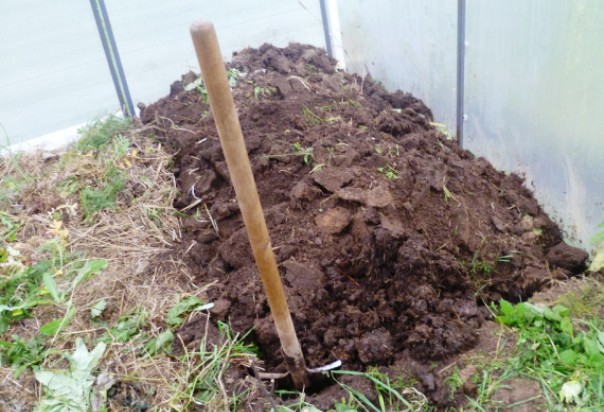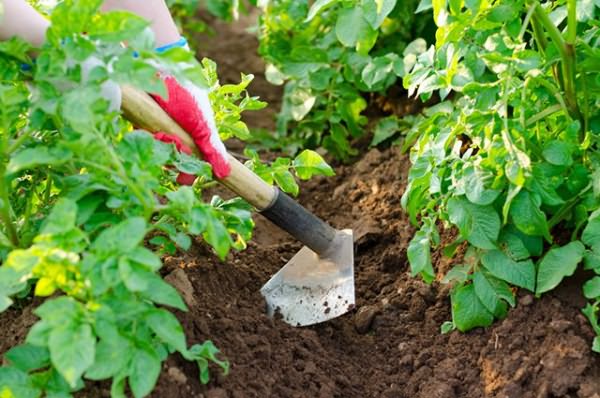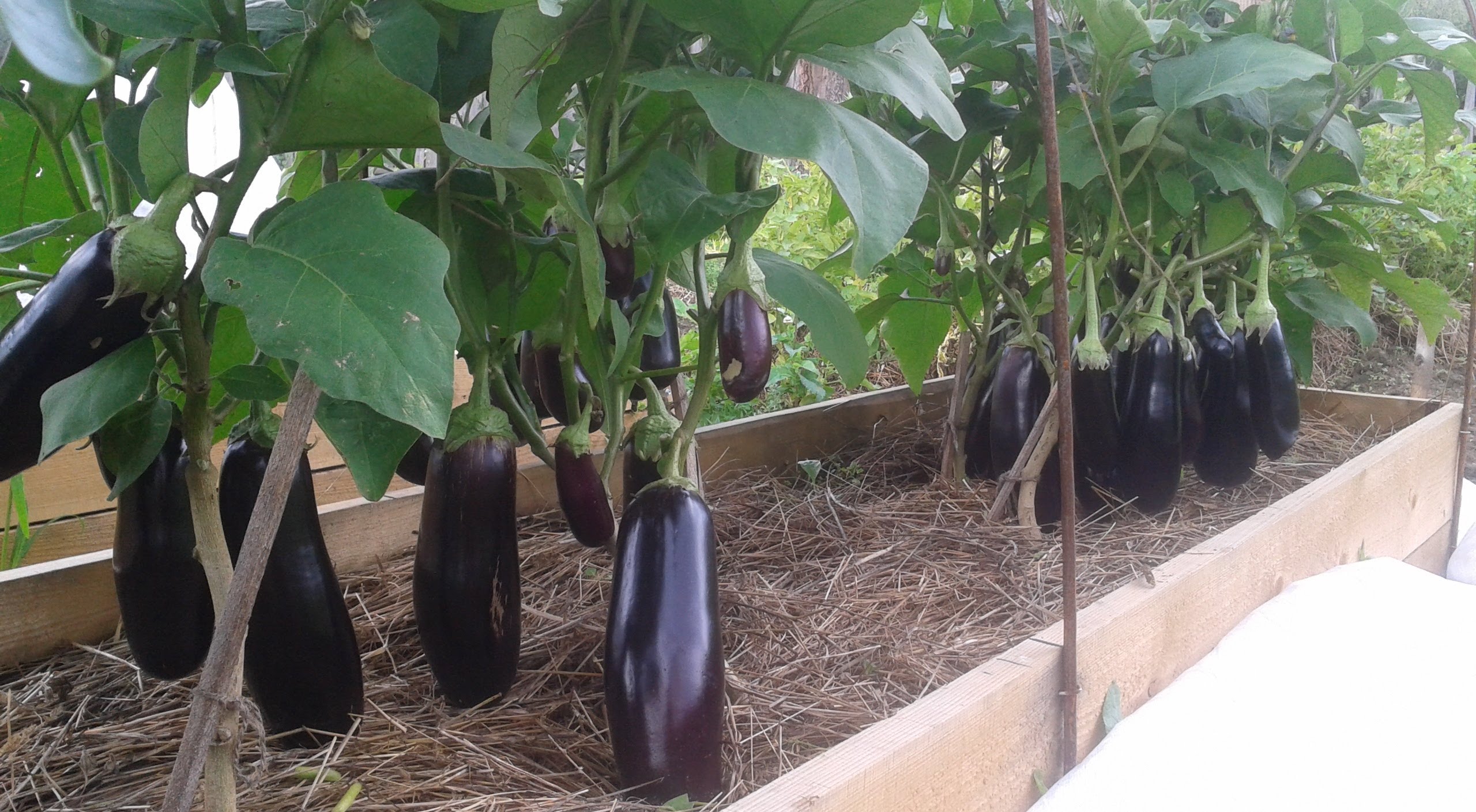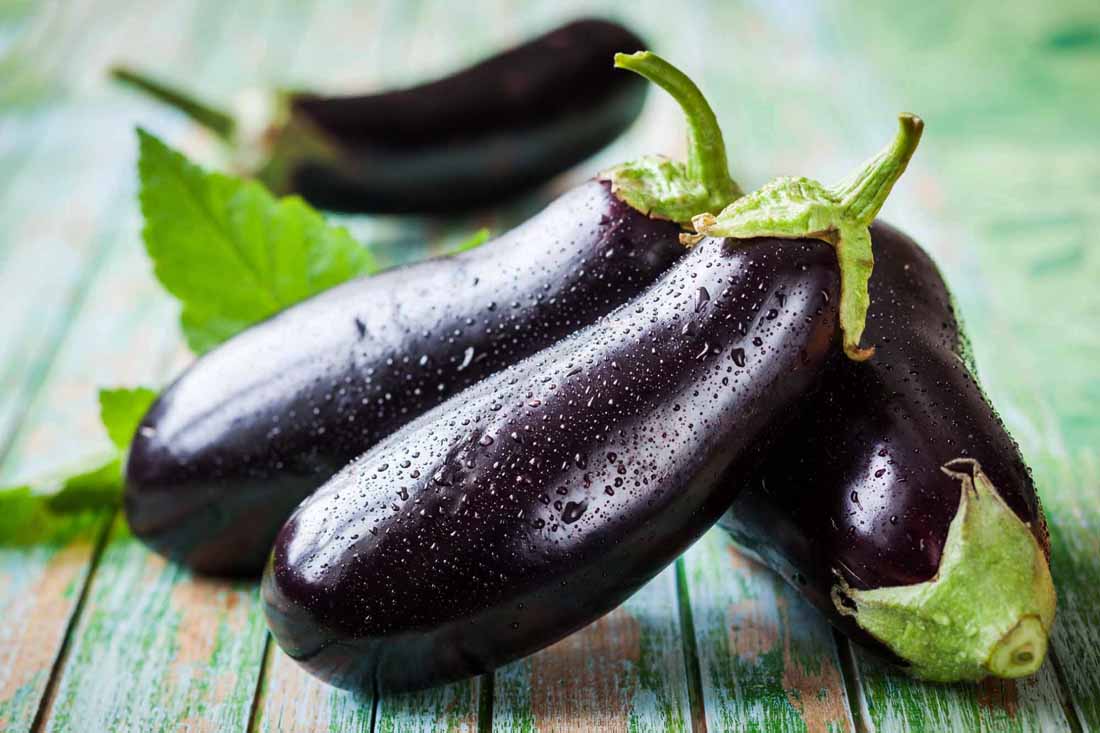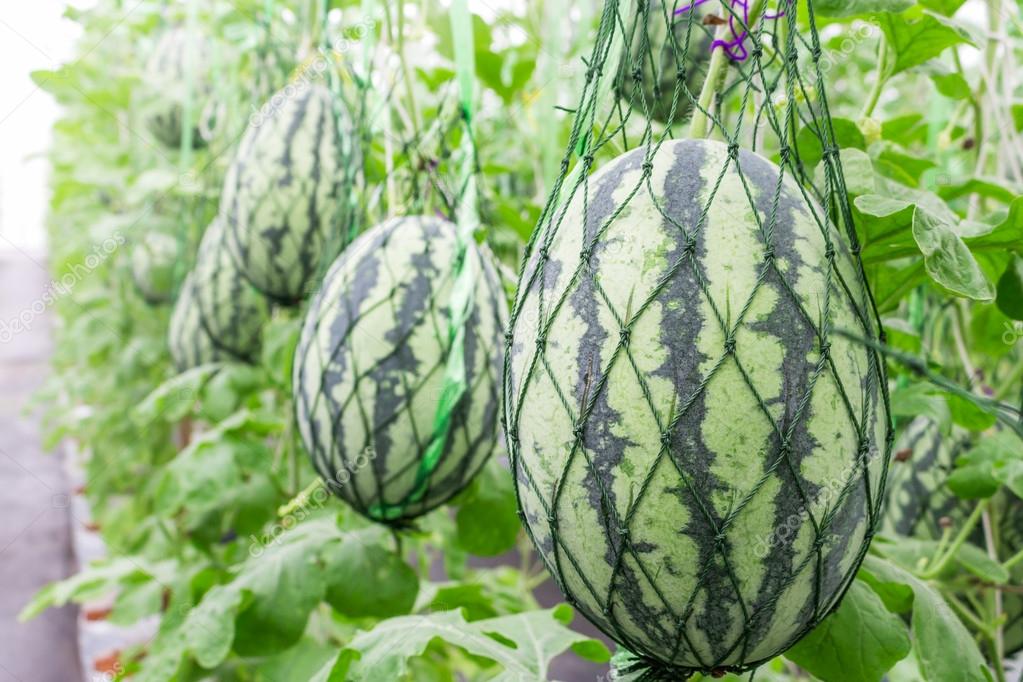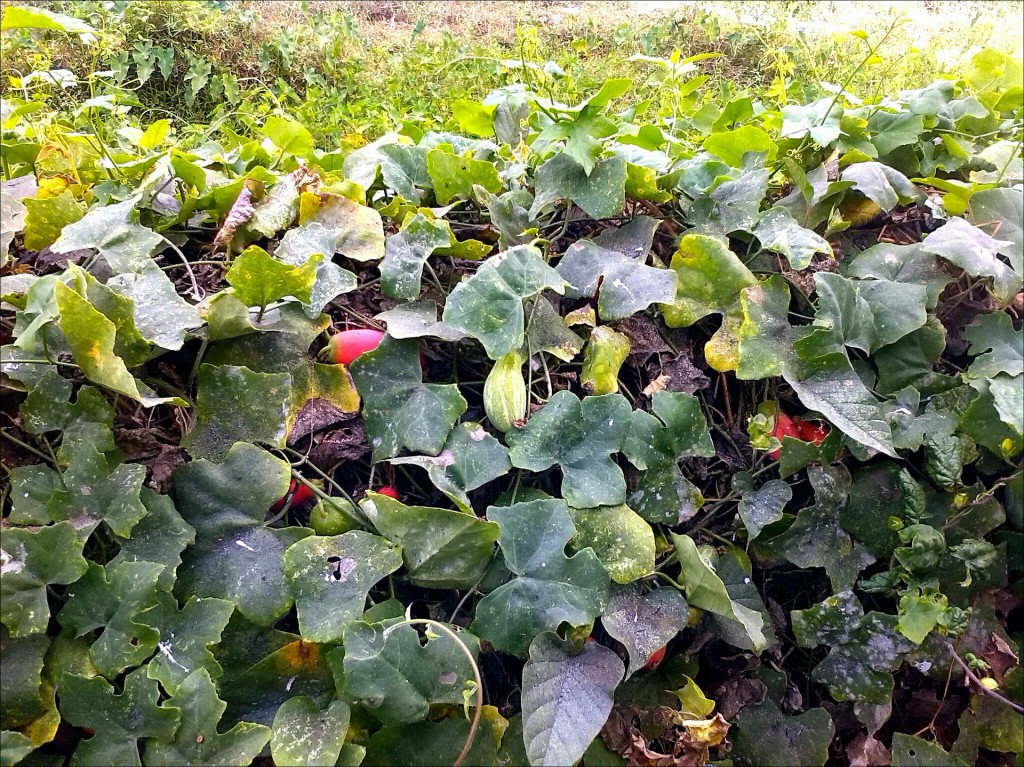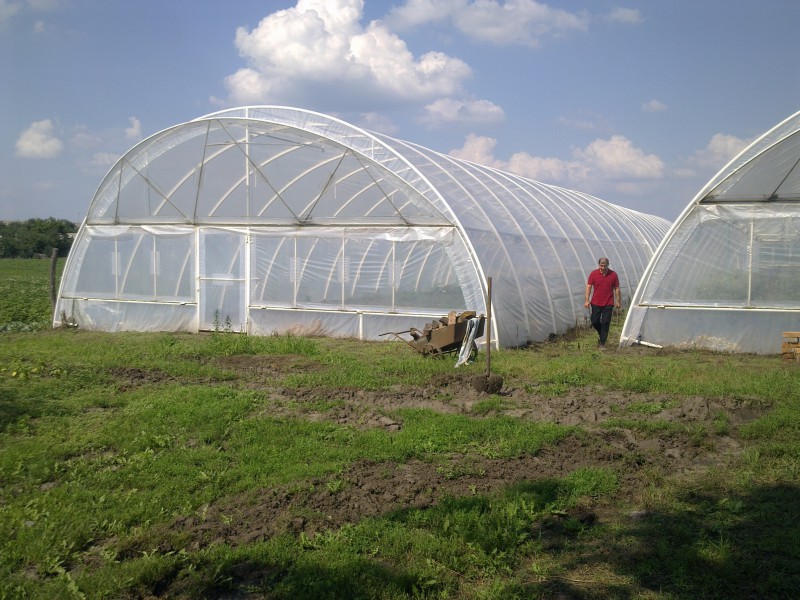Content:
In most regions of Russia, there is no way to get a good harvest of heat-loving crops in the open field due to climatic factors. Therefore, it is important to know about the features of creating acceptable conditions for the cultivation and care of cucumbers in the greenhouse.
Preparing the greenhouse for planting
An important aspect of the correct cultivation of vegetables is the choice of material for the construction of greenhouse structures, which today has a huge variety.
The frame can be made of metal or wood. It is important that it is strong and resistant to the weight of the coating and lasts several seasons.
As a covering, it is best to use polycarbonate, popular among experienced gardeners. This material has the structure of a honeycomb filled with air, due to which heat is well retained and a greenhouse effect is created.
The first step is to remove all weeds, plant debris from the last planting and the top layer of soil. You should also pay special attention to soil disinfection:
- Treatment with bleach is used in the autumn, since it must be given time to brew and weather, otherwise the plants will suffer. Dry lime can be spread using 200 grams per square meter, and a solution can also be prepared to disinfect the greenhouse structures. For the solution, proportions of 40 grams of lime per 12 liters of water are used.
- In the spring, just before planting, the prepared soil is treated with boiling water with 3 grams of manganese per 10 liters of water.
After applying all fertilizers and lime, you should carefully dig up the soil, which should contain an equal amount of soil, humus, manure and peat.
At 2 m above the beds, wires are pulled in two rows, so that later the plants can be tied to them using a thread.
Due to the fact that the film retains steam well, the most acceptable humidity for the cultivation of this plant is established in greenhouses. However, it is necessary to avoid stagnant air, for which daily ventilation is carried out. In this case, it is important to prevent drafts in the greenhouse.
The choice of cucumbers for growing
Today, a huge assortment of cucumber varieties is presented on the market, among which there are specially adapted to greenhouse conditions. They are distinguished by their unpretentiousness to lighting and the minimum size of the bushes.
The most popular among gardeners are hybrids Hercules F1 and Athlete F1. Their advantage is abundant fruiting and disease resistance, but they need artificial pollination. For these purposes, you can plant a pollinator variety such as the hybrid Emelya F1.
Among the self-pollinated, the most popular varieties are Regata, Moscow Greenhouse, Graceful and hybrids Annushka F1, Emerald Stream F1, German F1, primarily due to the fact that they do not require special care.
Seedlings: cucumbers in a greenhouse, growing and care
About a month before planting vegetables in the greenhouse, it is necessary to sow seeds for seedlings. It is usually grown in the house, covered with plastic to create a greenhouse.
Planting and caring for cucumber seedlings in a greenhouse is a responsible occupation. Sowing is carried out in small pots, which are covered with foil to maintain a temperature of 25-27 degrees.
As soon as the first shoots appear, you need to remove the film. Seedlings should be watered with warm water and arranged so that plant leaves do not rub against each other.
Cucumbers: planting and care in the greenhouse
Planting and caring for cucumbers in the greenhouse begins with planting seedlings. To do this, holes are dug in the beds, into which the seedlings are placed from the pot so that the root ball protrudes a couple of centimeters relative to the ground.
Also, in the greenhouse, you can plant seeds immediately, but in this case, the expectation of fruits increases, so this method is rarely used.
Landing scheme
One of the most important points to look out for when planting is the planting pattern. The quality of the crop depends on the correct location of the plants.
Too close planting is fraught with a lack of nutrients and moisture for vegetables, which can lead to a lack of fruit. In addition, on dense plantings, diseases that oppress the plants develop rapidly.
At the same time, large distances between seedlings will not allow planting a sufficient amount of vegetables and effectively using the land, which means that the yield potential will not be fully revealed.
The most optimal planting intervals are 35-45 cm between rows and bushes in them.
Top dressing, bush formation, pinching, watering
The next question that a summer resident asks after planting vegetables is how to take care of cucumbers in a greenhouse in order to get fruits with high taste.
Caring for cucumbers in a greenhouse includes watering, forming bushes, pinching and feeding in time.
In spring, watering is carried out with water not lower than 35 ° C, in order to avoid hypothermia of plants. In the heat, the garden is watered daily. The required amount of water depends on the air temperature, here you should focus on the condition of the soil - it must be moist.
A short-term, slight drying of the soil before the appearance of fruits is also practiced to speed up this process.
To avoid soil compaction, it is recommended to huddle it after each watering. Hilling helps the soil retain moisture for as long as possible. When white root filaments appear on the surface, it is necessary to add fresh nutrient mixture.
Bushes are formed in three stages:
- first, all shoots and buds are removed from the axils of the first few leaves in order to avoid stopping the development of the plant;
- then pinching follows: lateral shoots are cut off, leaving up to 2-3 leaves at a height of one and a half meters;
- all lateral shoots of the second order are pinched.
When forming, all yellow and diseased leaves are also cut off.
Top dressing when caring for cucumbers after planting in a greenhouse is usually carried out no more than 5-6 times per season. A popular method is feeding with wood ash, primarily due to the availability and naturalness of the fertilizer. As soon as flowering begins, every 10 days the plants are watered with an ash solution, about 0.5 liters per bush. Such nutrition improves the taste of cucumbers and prevents diseases.
Also, the so-called foliar dressing has a positive effect: a solution of copper sulfate, manganese and boric acid is sprayed on the inside of the leaves once a day.
Harvesting is necessary in a timely manner. The first fruits are harvested twice a week, then increased as they ripen. Rare harvests can lead to reduced harvest.
Caring for greenhouse cucumbers requires a lot of patience and effort, but all the efforts are justified, because vegetables grown with their own hands are many times tastier and healthier than those purchased.
